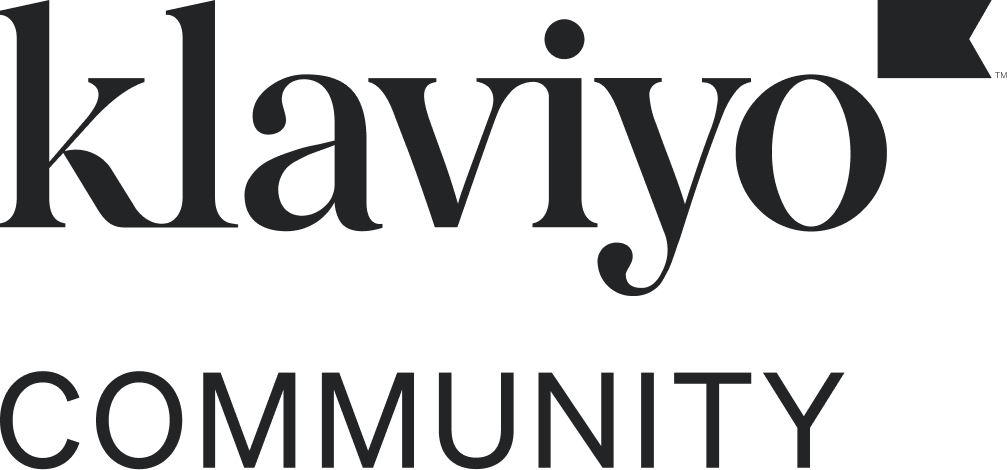Hello people,
we want to use Klaviyo Sing Up Form (Pop-Up) on the Shopify Order Confirmation Page to lead them via Button to a Typeform survey.
What we want to avoid is to ask for the customers e-mail address (neither in the pop-up nor in Typeform).
What we do want is to know is the segment (number of fulfilled orders) the customer fits into.
The idea was to create a segment with the definition of the number of the fulfilled order and create a pop up for every single segment. This different pop-ups lead to different typeform surveys, so every participant can be matched with the defined segment in Klaviyo.
On our first try, we figured out that a lot of customers fell into our Fallback Pop Up Form (that had the target “Dont show to existing Klaviyo profiles” instead of “Show to users in a certain segment” activated.)
We learned, that Klaviyo did not identify the user while he was active on the website.
On further testing we figured, that “Started checkout” could be a good trigger to make sure Klaviyo identifies the user.
So we created a segment that has “Started Checkout at least once in the last hour” as a definition in the segment.
The trigger was recorded in the profile in time but unfortunately the segment list did not update fast enough to identify the user as a part of the segment.
A reload during the process showed an empty segment. Only when I re-saved the definition settings the user appeared in the list.
Can this update process somehow be manipulated or how fast does Klaviyo write the profile in the list. Is this a complete wrong approach?
Has anyone another solution for this? Either a better trigger that makes sure the user is identified by Klaviyo or any other workaround here?
Thanks for the help in advance!
Tobi from Wildling Shoes


![[Academy] Klaviyo Product Certificate Forum|alt.badge.img](https://uploads-us-west-2.insided.com/klaviyo-en/attachment/8798a408-1d98-4c3e-9ae8-65091bb58328_thumb.png)

